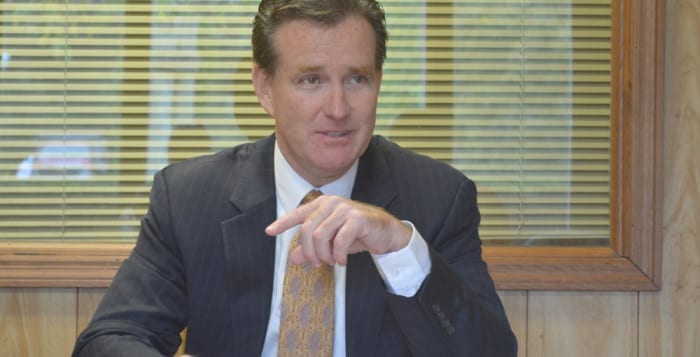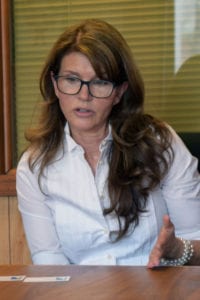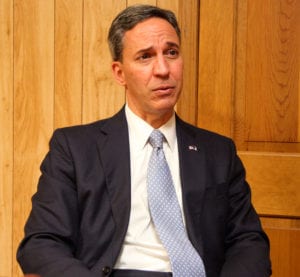One fact that we can all agree on at the tail end of this clamorous and divisive election season is how happy we are that it is almost over. In a presidential campaign that has been part entertainment, part embarrassment, only slightly about the grave issues of the day, but wholly history making, the people are exhausted. Bombarded relentlessly with political messages, robocalls, knocks at the door, endless campaign literature and ugly ads, citizens are yearning for an end. May it all truly be over next Tuesday night.
For all the talk, though, about how insufferable the electioneering has been, the candidates have gotten the attention, albeit negatively, of the electorate. At business lunches, during hair-stylist appointments, at cocktail parties and the daily exchanges at the bus stops, the latest election tomfoolery is the topic of the day. Conversations about the weather, that perennial conversation fodder, are finally being overtaken by the latest political revelations. For a nation that has long been declared apolitical, we breathlessly keep up with who has hurled what insult at whom and what new leaks the media are revealing. It seems to matter little if the leaks are corroborated or not, and social media, the preferred vehicle for dissemination, does not automatically offer any fact checking. Anyone can get away with saying anything, and the more outrageous and indecent, the greater number of viewers. The gloves of decency and civility are off.
In our presidential election, we are exploring the twists and turns of sexual accusations — out in the open for everyone to see. London’s backbenchers in Parliament pale with their insults compared to us. At least theirs are often witty. Except for Saturday Night Live, there has been little in these last two years of intense campaigning to earn a good laugh.
Has our country demonstrated less bigotry by naming a woman as standard-bearer for one of the two major parties? Or has our obvious double standard become only more painfully obvious, with so many men declaring publicly their unwillingness to ever vote for a woman as leader? The same question, about race rather than gender, was posed eight years ago when we elected the first black president. With painful irony, amidst our self-congratulatory open-mindedness, it seems more racial incidents have played out since that election than when George Wallace stood in the doorway and refused entry to black school children. Will the same ironies ensue in the event of a Clinton victory?
Perhaps it is cleansing to have our faults out in the open — acknowledgement as the first step toward healing. At least there has been no talk about ageism the way there was during the Reagan campaign in 1980. Both candidates today are within a couple of years of each other and of the biblical endpoint of three score and ten. At least that is something to be grateful for.
In this election season, as with every other during which we have been publishing, we have tried hard to remain as neutral as possible and present you, our readers, with the news in a balanced fashion. There are a number of local races, all critically important for their ultimate effects on our daily lives. As we have always done, we have spent hundreds of hours throughout the month of October interviewing candidates for each local office, two-by-two, and we have asked them questions and passed the answers along to you in our election section this week. We have also distilled this information during many more hours of discussion among our editorial board members and offered endorsements on our editorial pages. In no way do we intend this to dictate how you should vote. Rather we are telling you how we will vote after the journalistic privilege of personally questioning the candidates and covering the incumbents throughout their terms.
We owe you, our readers, no less.







